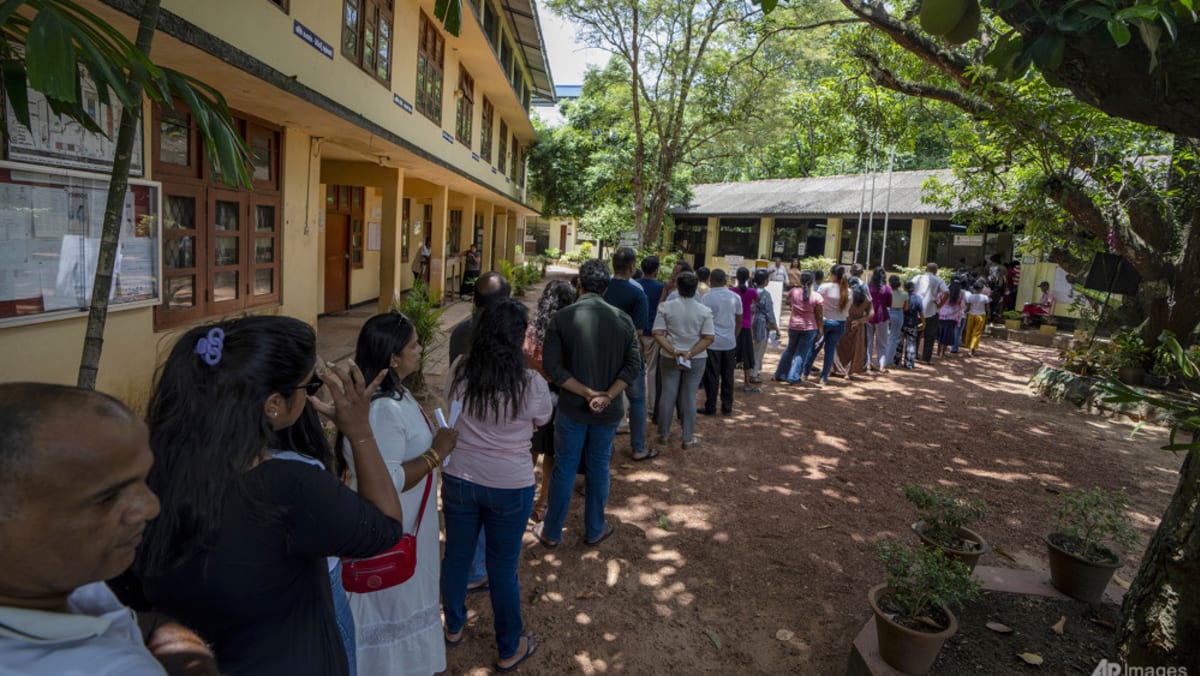“It’s definitely not cheap. But in Hong Kong, there are a lot of people who enjoy wine for its unique charm, story and distinctive flavours,” says Ted Ko, 34, the founder of Koyberpunk, based in Yeongcheon, near Daegu in the country’s southeast. “The flavour profile of ours is unique and attractive. Whenever we do blind tastings, a lot of people think it’s pinot noir, not cabernet sauvignon.”
How this small-batch wine came to be available only in Hong Kong is down to Ko’s journey from South Korea to the city by way of the United States.
“There was a friend I met by chance whose parents ran a winery in [the US state of] Washington and said I could come check it out,” Ko, who was born and raised in South Korea, says.
“I asked if I could stay there for a while and help out with harvesting grapes and making wine. He said yes, so I went.”

This was in the early 2010s, when interest in wine was growing in South Korea and many Koreans were going abroad to learn more about it.
In 2015, Ko came to Hong Kong.
“Hong Kong, London and New York are the international hubs of wine distribution. Since I’m Asian, coming to Hong Kong felt right,” he says.

These experiences came together when he had a chance to visit Yeongcheon, a city with a population of 100,000 that produces most of South Korea’s grapes.
There, he saw something that most did not – the area’s untapped potential to produce a high-quality cabernet sauvignon wine.
Ko says Yeongcheon is blessed with a near-perfect environment for growing fruit – particularly grapes – because a river flows through the city and the weather is dry and clear. This alone is not enough to grow wine grapes, however.
“South Korea does not have the right conditions to grow grapes to make wine. The environment is too good – the water is too good, as well as the soil. It’s too fertile,” Ko says. “Grapes that make wine are the really, really sweet kinds. To grow sweet grapes, the environment needs to be so bad that the [vines] feel like they are about to die.”
A harsh environment causes the vines to produce very sweet fruit to attract animals to eat the grapes and spread the seeds elsewhere – ideally, somewhere with better growing conditions.

While some have half-jokingly called Yeongcheon the “Bordeaux of Korea” – Bordeaux being a famed wine-growing region in France – what is typically produced here is not wine in the traditional sense, in that they are made from table grapes and are often by fermenting other kinds of fruit as well.
Many farmers in Yeongcheon have tried to grow wine grape varieties such as cabernet sauvignon, but to no avail. The only farmer to have succeeded in growing cabernet sauvignon grapes, after much trial and error, is 70-year-old Lee Geum-ja.
Armed with a formula he had learned from his time in the US, Ko approached her with a proposal to create a proper natural wine. (Natural wines are made without using any chemicals or additives such as sulphur dioxide.)
To Ko’s surprise, the elderly farmer agreed.
“The older generation farmers in Korea are usually very conservative and rather closed-minded. I think Ms Lee found it very interesting that someone in his twenties had this kind of an idea of creating something so new,” Ko says.

However, not everyone in Korea was as open to his attempt to produce cabernet sauvignon wine domestically.
“It’s a bum**r that Koreans have a tendency to discount what we create domestically, especially when it’s something totally new that doesn’t really fit into the way things have been done before. That’s how I felt when I tried to distribute the wine domestically,” Ko says.
“It’s especially sad because, although Korea and Japan are often said to have a lot of similarities, I feel like Japan embraces new developments and culture with pride – even when they might not be perfect.”
In 2019 he decided to pivot to Hong Kong, where he knew wine industry insiders and consumers were more open to trying new things.

“The sommelier at Hansik Goo said that the wine had the charm that fits so well with Korean philosophy and Korean food. He agreed to use the wine as a pairing with their dishes,” Ko says.
The years that followed were challenging for restaurants in Hong Kong, and four of the eight places Koyberpunk supplied wine to closed.
Ko remains undeterred – he has a new set of eight outlets in the city to which he supplies his wine (he no longer supplies Hansik Goo). He is confident about the wine’s quality and uniqueness and feels that, once Hongkongers try it and learn about how rare it is, demand for it will grow.
The wine is not an easy sell, nor a cheap one, but Ko remains hopeful that people in Hong Kong are willing to pay what is a significant sum of money for something unique.

The wine, light and fragrant in flavour, looks different to other cabernet sauvignon wines. It has a much lighter purple hue, its colour accentuated by the transparent glass of the bottle. The labels feature art by young and emerging Korean artists.
“It’s a reflection of Koyberpunk’s position in the global wine industry as the ‘new kid on the block’,” Ko says.
Koyberpunk’s position as the only “new kid” from Korea may soon end, as others in the country are working hard to produce their own “proper” wine there.
“Right now there is a change in generations among the grape farmers in Yeongcheon. The original farmers are passing down their enterprises to younger generations, who are around my age.
“These guys have different perspectives than their parents and know about the different kinds of demands. So they are experimenting and making new attempts.”
For now, Koyberpunk’s cabernet sauvignon will continue to be available exclusively in Hong Kong.
“I want to supply my wine to Korea only if there is a partner that really fits what I’m looking for,” Ko says. “I don’t want to try to hard sell my wines anyway, because there are only 1,200 bottles of these and they are really precious to me.”






